
Descanso, CA – A Place To Rest

A Spanish name, referring to “rest from labor.” Driving along one encounters some charming Descanso businesses – roadside stops on the roads leading to Cuyamaca State Park and Cleveland National Forrest.
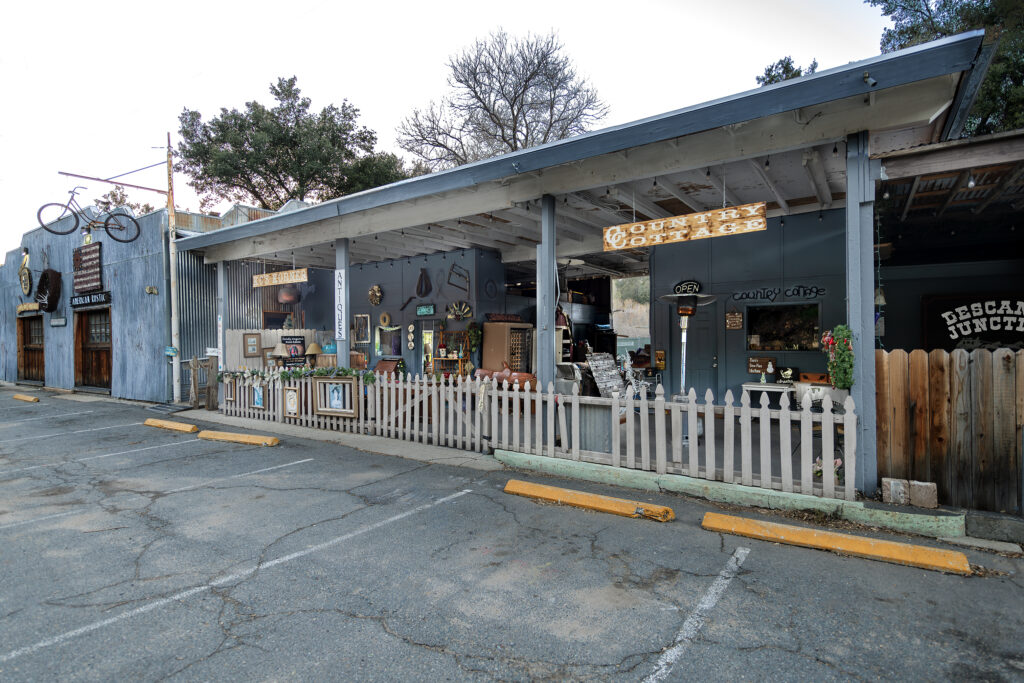
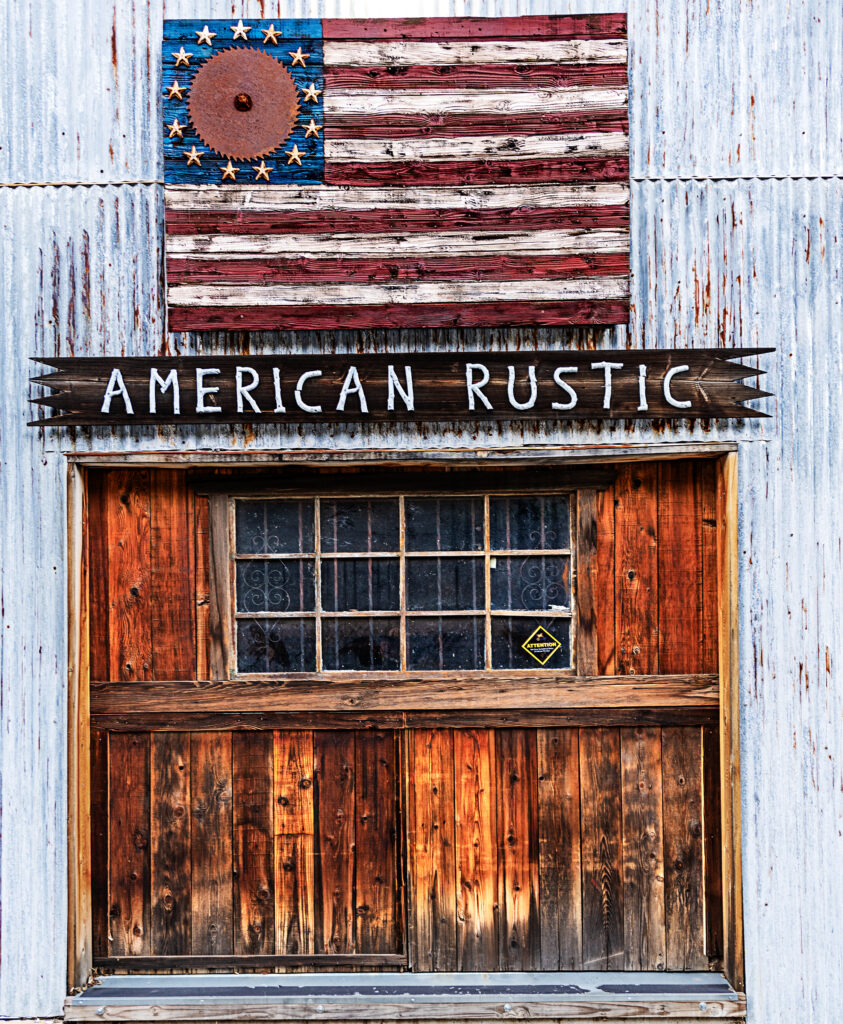
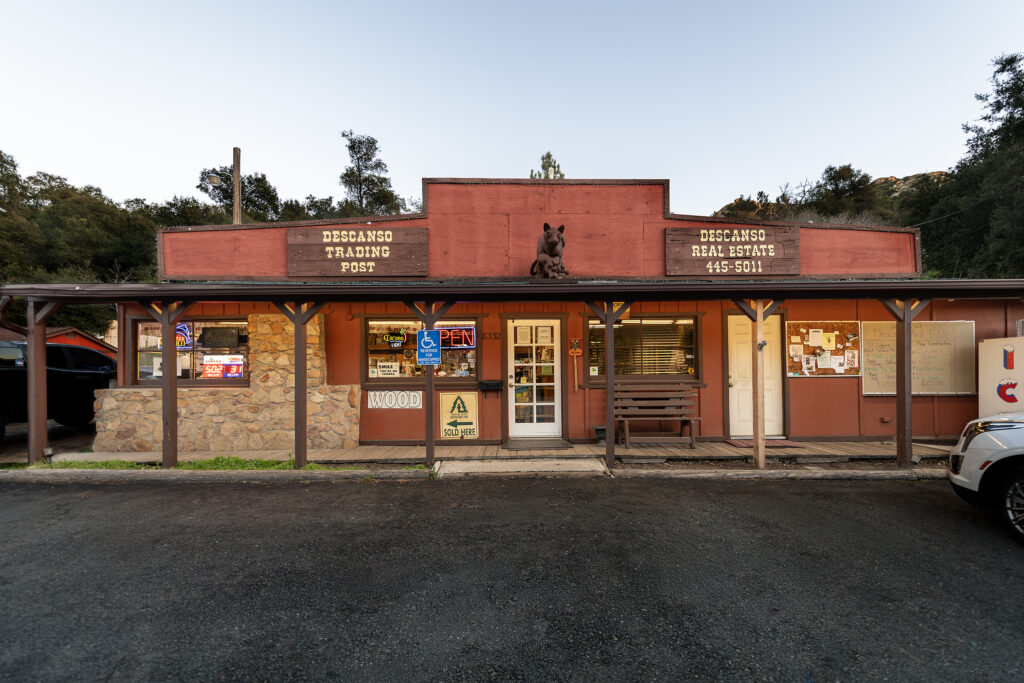



A Spanish name, referring to “rest from labor.” Driving along one encounters some charming Descanso businesses – roadside stops on the roads leading to Cuyamaca State Park and Cleveland National Forrest.






Beginnings of this landmark began in 1852 when Louis Rubidoux purchased the land and surrounding area.

Late December 1905/Early January 1906 The Huntington Park Association was founded, spear headed by Frank A. Miller – Developer and Owner of Riverside’s Mission Inn – and by railway magnate Henry E. Huntington.
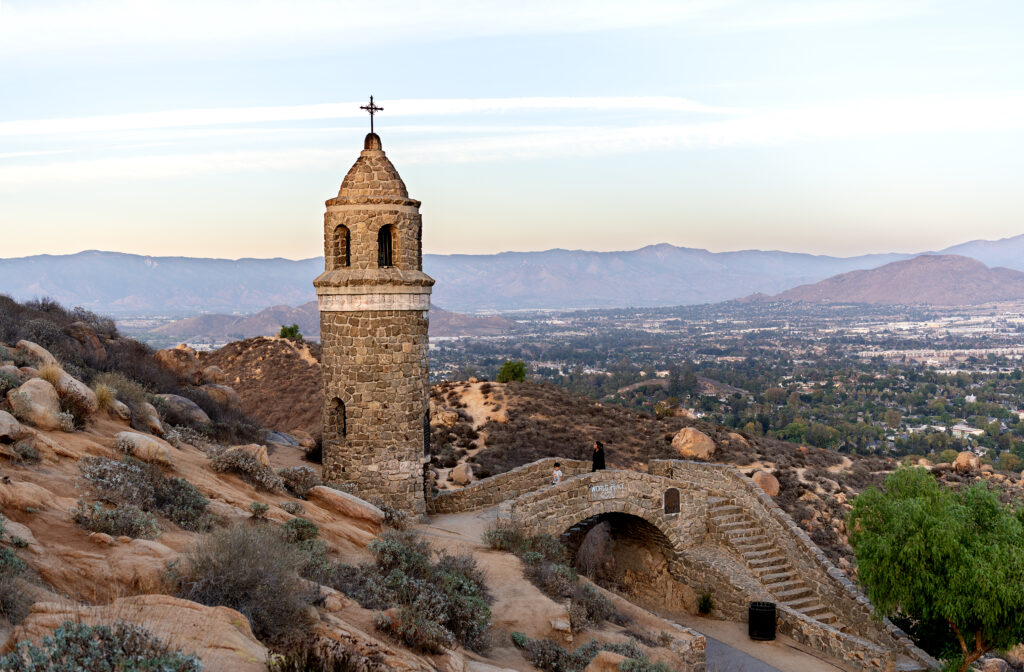
Originally called Huntington Park, the name was changed to the Frank A. Miller Mount Rubidoux Memorial Park after the heirs of Frank Miller donated the property to the city in 1955.

On December 13, 1925, the Testimonial Peace Tower was dedicated to Miller.
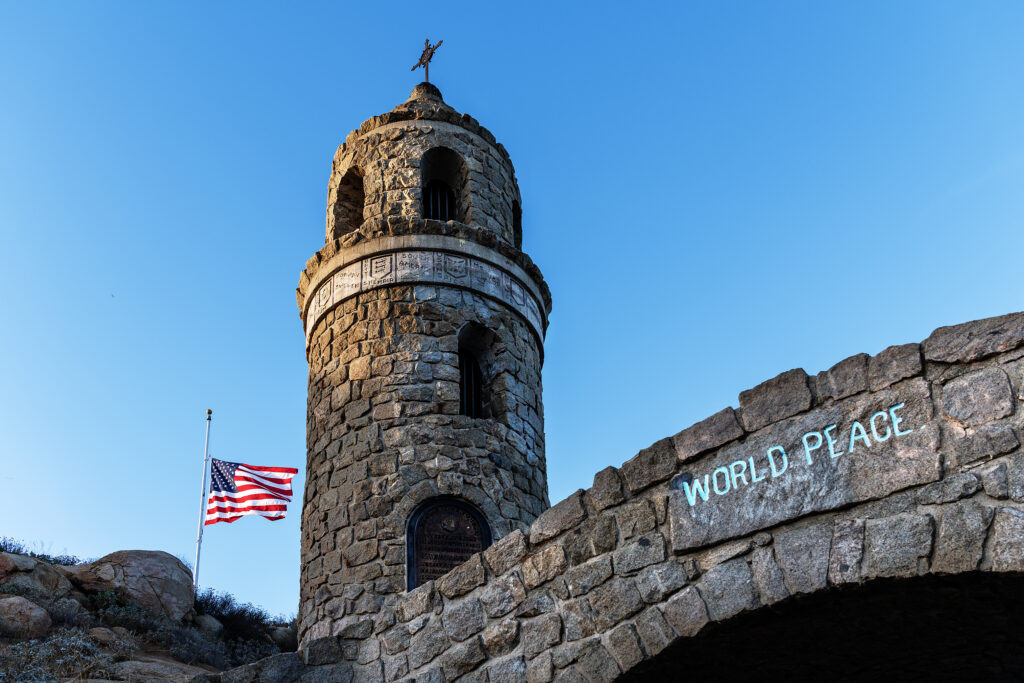
The bridge is a replica of a noted bridge in Alcántara, Spain.

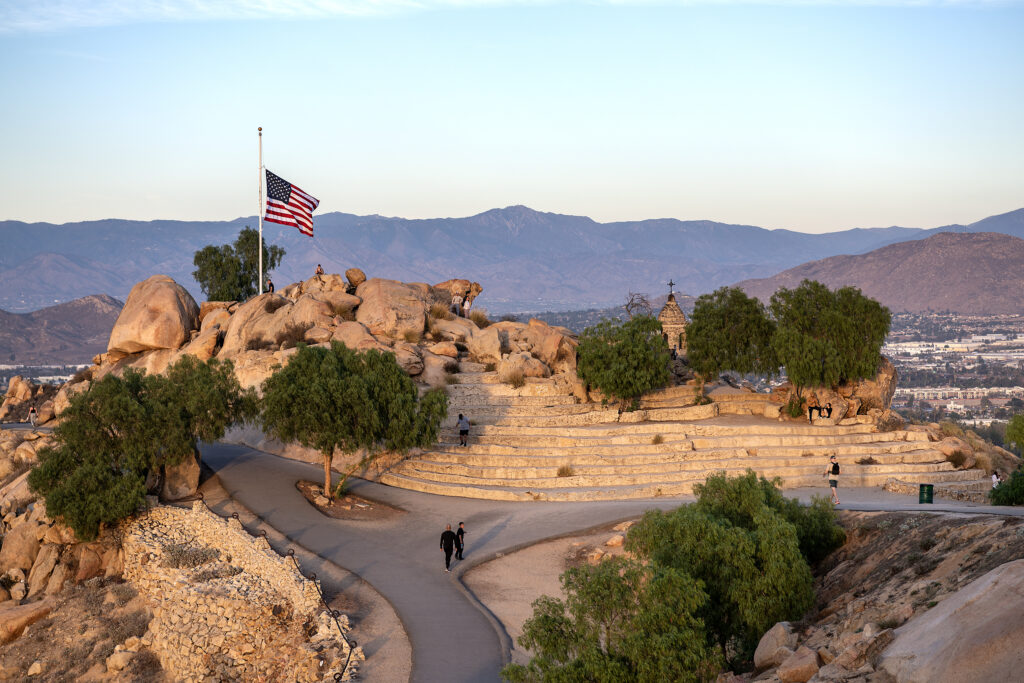
Initial improvements, including the road – Huntington Drive, were completed in February 1907
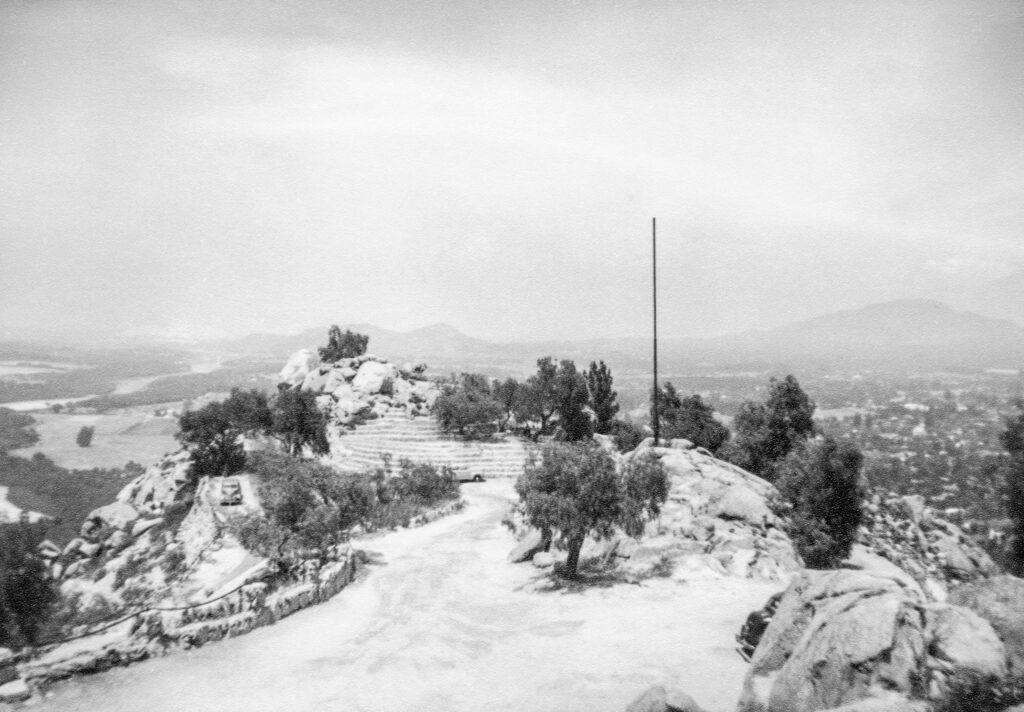
A set of black and white images to follow from the late 1940’s. A group of women stopped here on a road trip. Notice the automobile access on Huntington Drive. Strictly foot traffic nowadays.
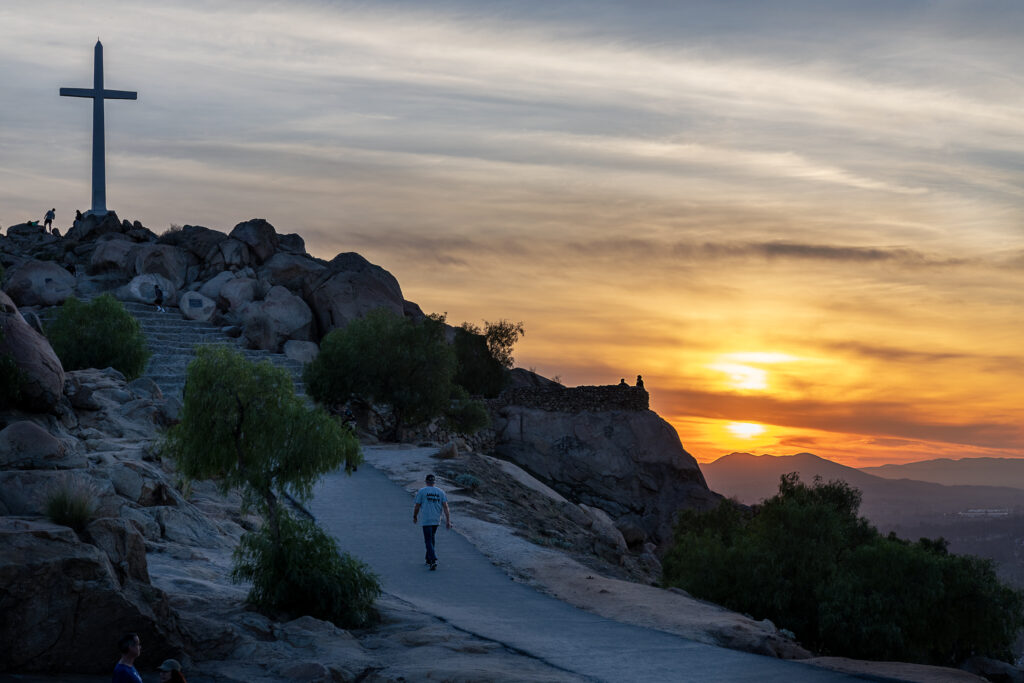
The original wooden cross at the summit honors Father Junipero Serra, and was dedicated on April 26, 1907. Serra supposedly often travelled through the valley and rested at Rubidoux Rancho
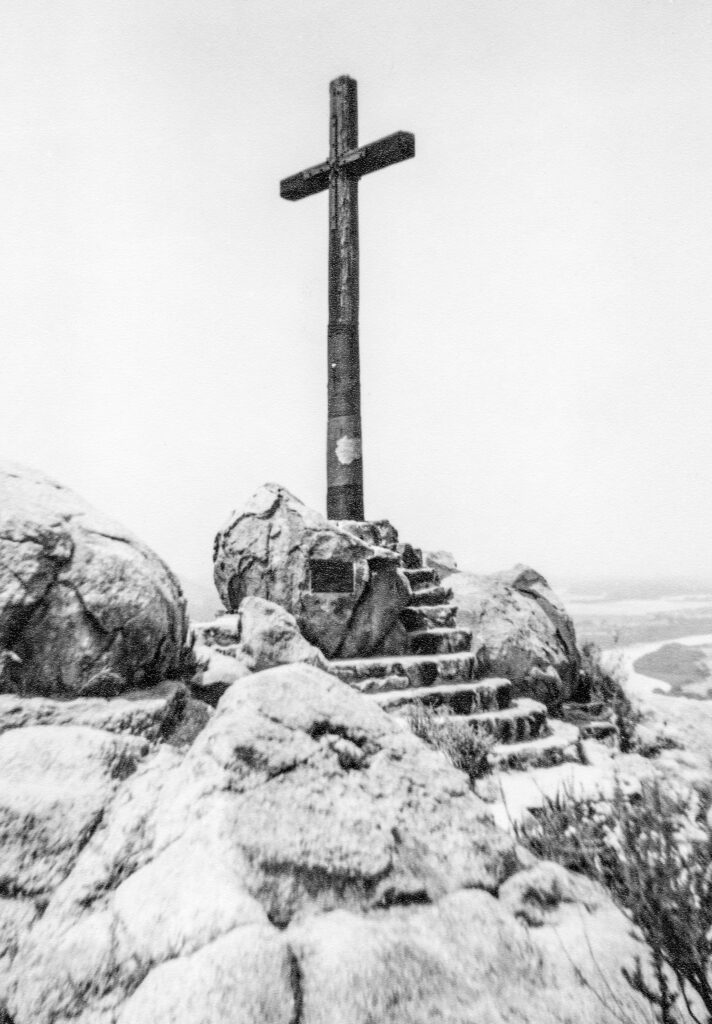
The wooden cross and memorial plaque at the summit honoring Father Junipero Serra.
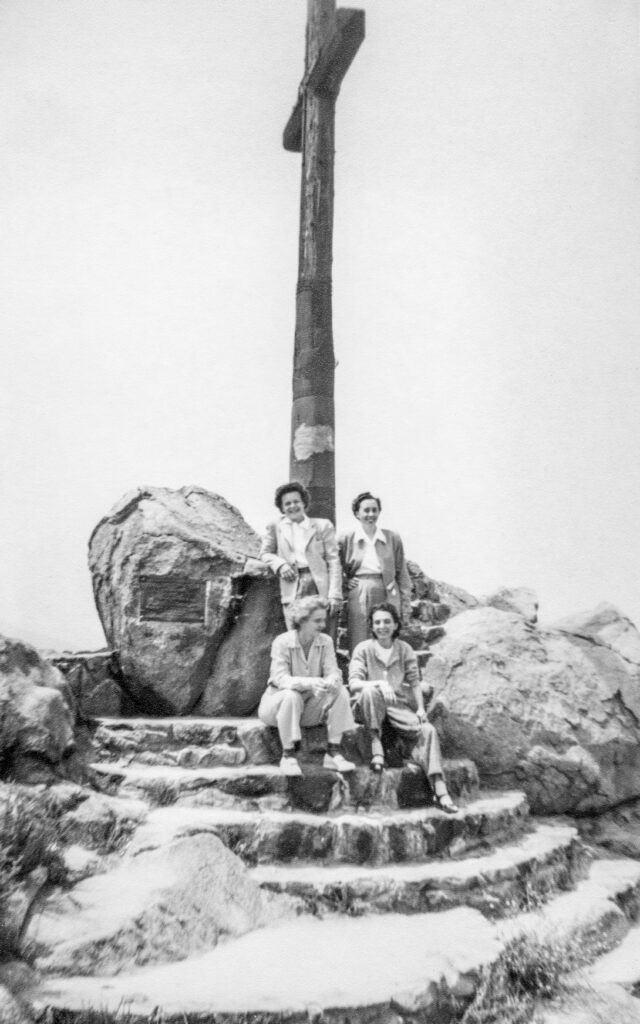
The annual non denominational Easter Service is internationally known, and draws a huge turn out every year. The city also launches its premier fireworks show from the top of the mountain every Fourth of July.

As seen at many landmarks that feature a giant cross, there was controversy in Riverside. In response peak was sold to a non profit, non governmental group, Totally Mt. Rubidoux. It operates as the Rivers & Lands Conservancy is the the sole owner and manager of Mt. Rubidoux Peak.

By appearances and all accounts the Rivers and Lands Conservancy does a good job preserving and maintaining the Mount Rubidoux roads and infrastructure. The park is very popular among residents and tourists alike


Tourists pose for a photo next a statue of Jackson Browne.
The Route 66 town of Winslow fully embraces the Rock lore and legend created by The Eagles in their song Take It Easy.


Well, I’m a standing on a corner in Winslow, Arizona
And such a fine sight to see
It’s a girl, my Lord, in a flatbed Ford
Slowin’ down to take a look at me…


The 1914 Thomas Dye Building East with its Winslow House ghost sign. This building was originally a mercantile company. On May 26, 1939, this building became the first Spanish-speaking movie theater, the Chief Theater, in Northern Arizona. The projection room is still intact in the upper level.


The 1912 Elks Building. It stands across the street from the Standing On The Corner exhibit and park, and the statues of Jackson Browne and Glenn Frey. It’s on the National Register of Historic Sites.

66 Motor Palace – a former pool hall, motorcycle shop, and notorious “after hours club,” Today the Motor Palace is a personal residence and preservation project.

Park Place Art Gallery. The building could use some window restoration…

Heading out of town at dusk.

For next time. I missed it this time – once the sun went down I headed out of town. Definitely should have spent the night – at La Posada!


Ghost Sign in a Ghost Town. Entrance to the Two Guns Zoo enclosures built in the 1920’s

It was the brain child of Henry “Two Gun” Miller. He leased land from town developers Earle and Louise Cundiff who had already established a gas station and eatery at Canyon Lodge which became a busy stop for those traveling to and fro the west coast.

The Hopi, Navajo, and Apache are among tribes that live in the Two Guns area. Two Guns sits on the rim above Diablo Canyon. The Navajos and Apaches often fought each other and used the Diablo Canyon to seek refuge and as a point to launch attacks. One legend tells of a battle that ended in an area of Two Guns which is known as the Apache Death Cave.
In one such battle Navajos discovered raiding Apaches were hiding in the cave with their horses. The end result was deadly for 42 Apaches. And so it became the Apache Death Cave.

Zoo builder Henry “Two Gun” Miller liked to be known as Harry “Indian” Miller – he was not Indian. He also ran a tourist shop from which he sold skeletal remains taken from the Apache Death Cave and bought by tourists.

Harry “Indian” Miller, seems to have built up some bizarre “karma” not only from impersonating as an Indian, and looting the Apache Death Cave, but became embroiled in a dispute with town developer (and landlord) Earl Cundiff. Miller pulled a gun and shot Cundiff to death. Then later acquitted.
Following that Miller was mauled by two mountain lions and was bitten by a poisonous gila dragon and became ill. He left Two Guns, never to return. Miller ran the zoo and tourist attraction from 1925 – 1935.

Considering the seemingly inhumane Two Guns animal enclosures, no wonder Miller’s animals attacked him.






The 1915 National Register Landmark Diablo Canyon Bridge, Two Guns, Arizona. It was built when the road was known as either the Santa Fe Highway or the Old Trails Highway. Later Route 66 was aligned using the National Old Trails road. Later the bridge was bypassed and abandoned in the 1930’s.




One of the twins is knocked down or fallen. The site is severely vandalized and seemingly destined to become desert dust.



From Michael Wallis’s book The Mother Road “Twin Arrows has the look and feel of the old wayside businesses along the highway. “

“Inside the small eight-stool diner, fry cooks serve up good road grub–steak and eggs and hash browns–despite a joke menu that talks about buzzard eggs, fried pack-rat tail, sagebrush coffee, roasted jack-rabbit ears, meteor crater stew, braised rattlesnake hips, sautéed centipede legs, prickly pear pie, and lizard tongue pudding.”


The pre-Interstate view of the Twin Arrows Trading Post. The 1946 Jack D. Rittenhouse book “A Guide Book To Highway 66” reads “One establishment offering gas, lunchroom, and curios. At the rear of the building is a small zoo exhibiting western animals. In previous years US 66 ran behind this building.”
Operations were shuttered in 1995.

The ruins are owned by the Hopi Tribe. In 2009 they partnered with Route 66 volunteers to restore the arrows and the trading post building, but sadly the site has succumbed to the elements of nature and vandalism ever since.






From San Diego to El Centro to Gila Bend to I 17 up to Flagstaff
























Route 66 Road Trip…to be continued.




It’s the 1929 Spanish Colonial Revival theater in the heart of downtown Riverside, California. Like many great buildings of it era, it had its heyday and decline. But what stands out here, the site was saved and brought back to its former glory as an up to date regional performing arts center.

It was the first theatre to screen Gone With The Wind, one of the gold-standards of all time successful films. Hollywood liked to have test screenings here because it wasn’t “big city.” and Riverside better reflected how middle America would react.

The Riverside Fox Theater was designed by Los Angeles-based architects Clifford Balch and engineer Floyd E. Stanberry, who were responsible for designing many of the Fox West Coast Theaters. Some 58 theaters in total by Balch.

The Fox Riverside is a perfect example of the undeniable attractiveness of original historic fabric. The unmatched beauty achieved by original design integrity. A far superior option than demolition and replacing with bland generic cookie cutter junk.

Stenciled beams and light fixture of the Fox Riverside.
The San Diego regional portfolio of Clifford Balch includes the Adams Theatre in Normal Heights, Aztec Theatre (now basically a stripped hull used for Urban Outfitters 665 5th Avenue), and the Sunshine Brooks Theatre 217 North Coast Highway, Oceanside. And once upon a time the Balch and Strawberry Palomar Theatre 314 N. Coast Highway. Now long gone.




Last but not least the historic neon blade sign. A beauty and landmark in its own right.


In a Preservation story that began in 2005, some 14 years later a milestone was reached in Amboy with the 2019 relighting of the landmark Route 66 neon sign – Roy’s Motel Cafe. One of the most recognized sites associated with that legendary historic highway.

Amboy exists from as early as 1859. And like a lot of sites that sprinkle the Mojave map it came about because of the emergence of railroads and mineral discovery. It became a town in 1883. But the opening of Route 66 in 1926 is what gave Amboy life. Its isolated spot in the Mojave worked strategically well for weary travelers needing gas, a place to sleep, and eat.

Roy was Roy Crowl who opened the gas station here in 1938. In the 1940’s Roy’s stayed open 24 hours and expanded operations with the addition of the cafe and motel. Post World War II Amboy was hopping with business.

The Googie elements, the office and magnificent neon sign – which make the site so recognized and beloved – were added in 1959.

But it was the Interstate that killed Amboy, when I-40 bypassed the town in 1973. Amboy eventually became a ghost town.
But fast forward to 2005 when a chain of chicken restaurants came to the rescue. It was Albert Okura The Chicken Man, founder of Juan Pollo Chicken, with operations in 28 Southern California locations.
One location is on Historic Route 66 in San Bernadino. At the same spot Okura operates a Route 66 museum. Also nearby he owns the site of the very first McDonalds restaurant site. The McDonald’s building no longer exists, and you can’t buy hamburgers there. But there is a McDonald’s museum on the property.
Okura’s dream is to have the entire site at Amboy, the Motel, Cafe, and gas station, in full operation once again. Restore it and they will come seems to be his driving belief.